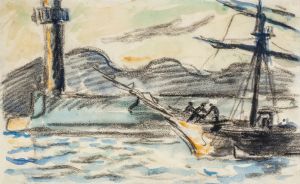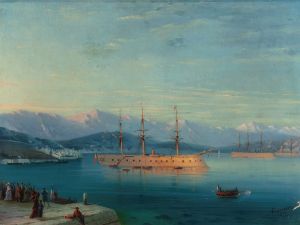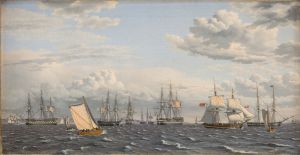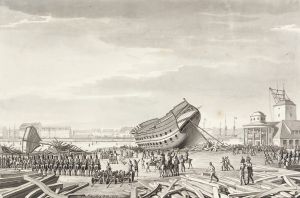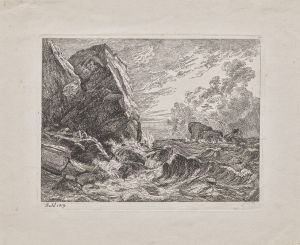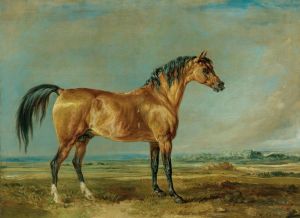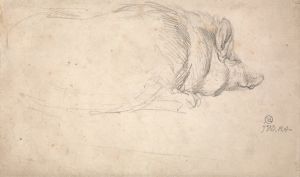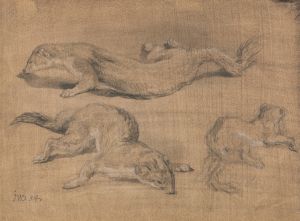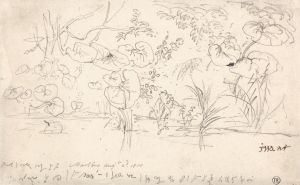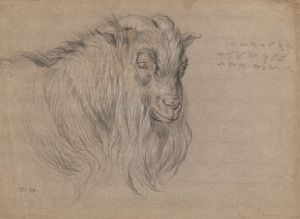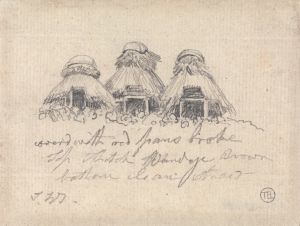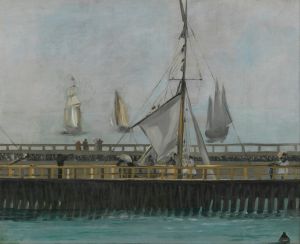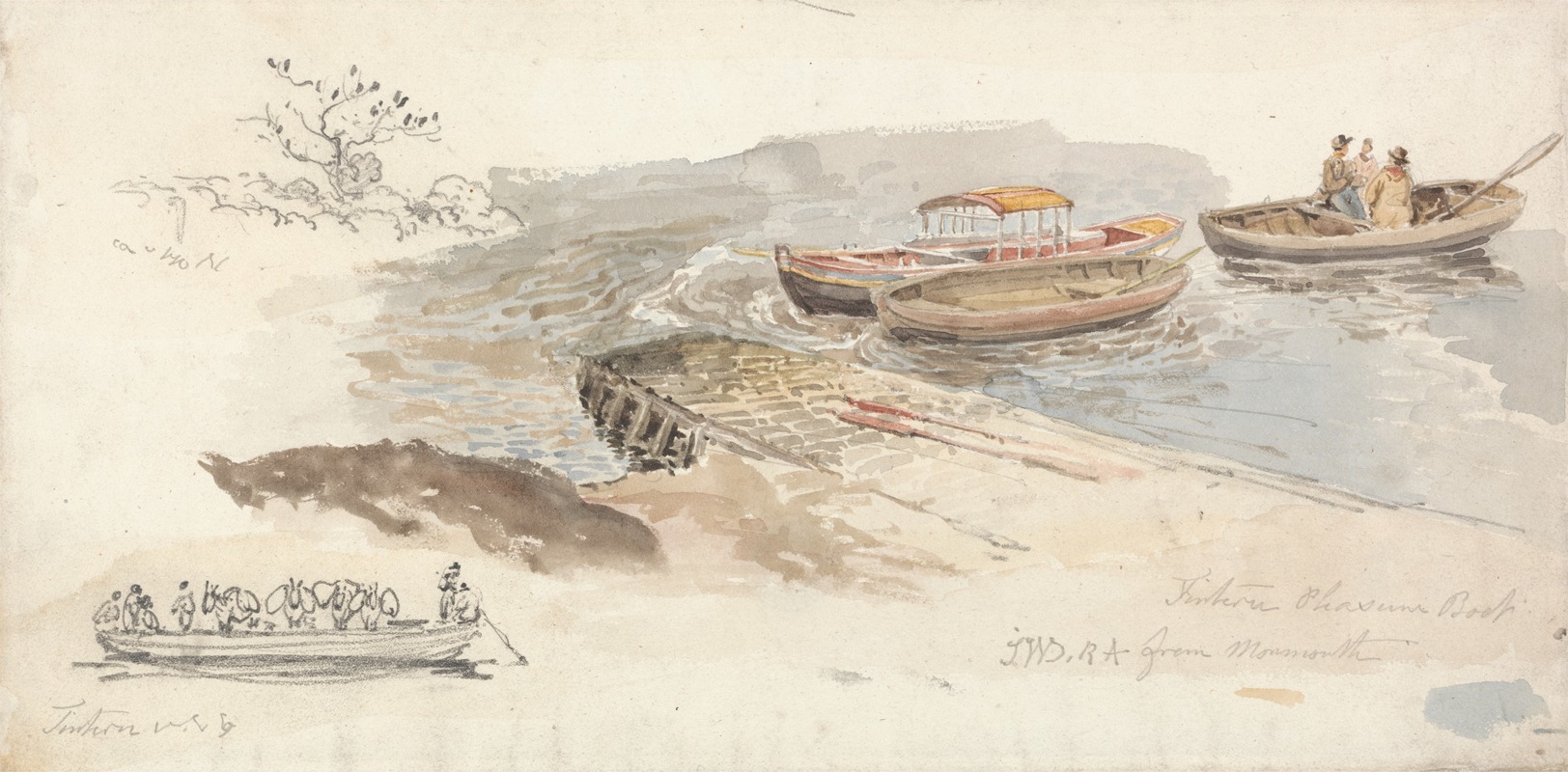
A Canopied Boat and Two Rowing Boats at a Jetty; Inset Left, a Pencil Study of the Tintern Livestock Ferry-boat
A hand-painted replica of James Ward’s masterpiece A Canopied Boat and Two Rowing Boats at a Jetty; Inset Left, a Pencil Study of the Tintern Livestock Ferry-boat, meticulously crafted by professional artists to capture the true essence of the original. Each piece is created with museum-quality canvas and rare mineral pigments, carefully painted by experienced artists with delicate brushstrokes and rich, layered colors to perfectly recreate the texture of the original artwork. Unlike machine-printed reproductions, this hand-painted version brings the painting to life, infused with the artist’s emotions and skill in every stroke. Whether for personal collection or home decoration, it instantly elevates the artistic atmosphere of any space.
"A Canopied Boat and Two Rowing Boats at a Jetty; Inset Left, a Pencil Study of the Tintern Livestock Ferry-boat" is a work by the British artist James Ward. James Ward (1769–1859) was a prominent painter and engraver, known for his animal paintings, landscapes, and genre scenes. He was a member of the Royal Academy and had a significant influence on the development of British art in the late 18th and early 19th centuries.
The artwork in question is a detailed and evocative depiction of a serene riverside scene. The primary focus of the composition is a canopied boat and two rowing boats moored at a jetty. The boats are rendered with meticulous attention to detail, showcasing Ward's skill in capturing the textures and forms of the vessels. The canopied boat, with its protective covering, suggests a vessel used for leisure or transport, while the rowing boats indicate a more utilitarian purpose.
Inset to the left of the main scene is a pencil study of the Tintern livestock ferry-boat. This inset drawing provides a glimpse into Ward's process and his interest in the everyday activities and tools of rural life. The Tintern livestock ferry-boat was likely used to transport animals across the River Wye, which flows through the picturesque Wye Valley in Wales. Tintern, a village in Monmouthshire, is renowned for its historic abbey and scenic beauty, making it a popular subject for artists of the period.
Ward's composition captures a moment of quiet activity, with the boats at rest and the water calm. The inclusion of the pencil study adds a layer of documentary interest, highlighting the practical aspects of rural transportation. This combination of detailed observation and artistic sensitivity is characteristic of Ward's work, which often blends naturalistic detail with a sense of the picturesque.
The artwork reflects the broader trends in British art during the early 19th century, where there was a growing interest in landscape and genre scenes that depicted the natural world and everyday life. Ward's ability to convey the textures of wood, water, and fabric, as well as his keen eye for composition, make this piece a notable example of his oeuvre.
James Ward's contributions to British art were significant, and his works are held in high regard. His paintings and engravings are part of major collections, including those of the Tate Gallery and the British Museum. "A Canopied Boat and Two Rowing Boats at a Jetty; Inset Left, a Pencil Study of the Tintern Livestock Ferry-boat" exemplifies his talent for capturing the essence of rural life and the natural environment with both precision and artistic flair.





